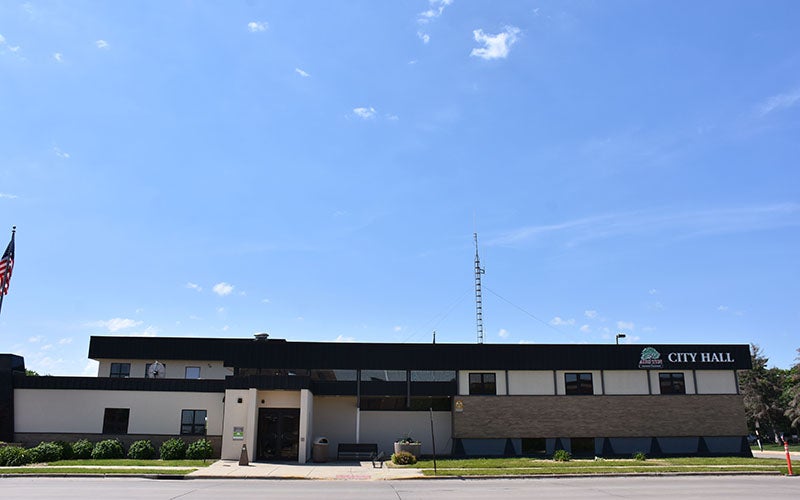Legacy funds help, but water problems persist
Published 7:35 am Thursday, May 24, 2018
The Free Press, Mankato
Distributed by Tribune Content Agency, LLC.
A decade ago Minnesotans approved a historic change to the constitution that funnels up to $300 million a year to land conservation, clean water protections, parks and the arts.
The Clean Water Land and Legacy Amendment, which runs for another 15 years, has brought huge benefits in many areas. The arts, particularly in outstate Minnesota, have flourished because of Legacy funding. Large amounts of land has been protected and parks and trails have been added or enhanced.
When it comes to water quality, the story is more complicated, according to recent stories done by the Star Tribune.
More information than ever is known about our rivers, lakes and aquifers and while progress has been made in many areas, the state’s water quality is in great danger. That fact doesn’t mesh with public opinion surveys where a majority of Minnesotans believe the state is on the right track in improving our water.
The Legacy Amendment tax generates $240 million to $300 million a year, with one-third going to the Outdoor Heritage Fund for land conservation and protection; one-third to the Clean Water Fund for water protection; and 14.5 percent to the Parks and Trails Fund. Another 20 percent, roughly, is dedicated to arts and culture.
While $760 million has been spent on water projects and many have improved conditions — including the cleanup of the St. Louis River estuary near Duluth — water experts say there is little if any progress in protecting water from farm chemicals, road salt, and excess nutrients.
At the current rate of improvements, just a few percent of the lakes and rivers deemed impaired will come off the state list in the next 15 years.
The travesty is that it’s no mystery on what steps are needed to make a big impact on improving our water. But the changes require people to change practices and habits.
Experts have extensive data showing much of the problem in our area rivers comes from farming practices.
Millions of acres of farmland have had highly efficient drainage tile systems installed, systems that are great at getting water off fields quickly and terrible for ravines, streams and rivers. Too much water comes off the landscape too quickly, causing erosion and keeping rivers very high. Those high rivers cause quick currents that are tearing away river banks, adding more soil and excess nutrients into the rivers.
Add to that the nitrogen and other chemicals that move off the landscape and the fate of rivers is dire.
Holding back more water in ponds and specially designed drainage ditches works at slowing the water flow to rivers. And changing when and how fertilizer is applied to fields keeps more of it on the land and not in the rivers.
While urban residents have paid more for a variety of mandates to improve water and waste treatment, any regulations requiring changes to farm practices face fierce opposition from ag groups. From the buffer strip requirement to proposals on fertilizer application to farm drainage changes, all suggestions have been bitterly fought.
Unless and until the public demands changes and supports funding to help offset some of the costs to landowners, the rivers will not improve.





